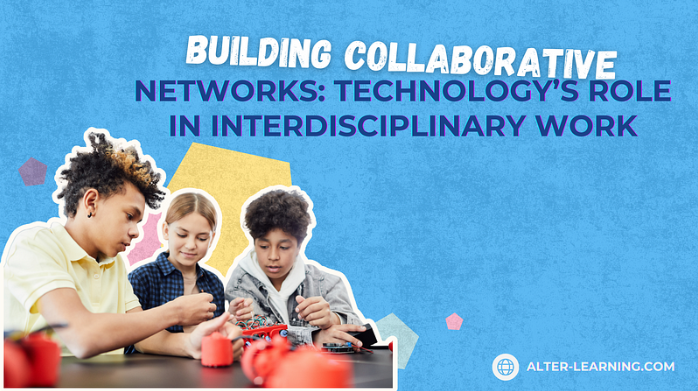Technology is reshaping education—offering students opportunities to engage with interactive STEAM learning, immersive environments, and tools that build creativity and critical thinking. But integrating these tools into classrooms requires more than good intentions. It requires funding, planning, and, importantly, community support. Parents, caregivers, and local stakeholders have an essential role to play in ensuring schools have the resources they need to bring educational technology to all students.
When schools, families, and communities work together, technology becomes more than an occasional extra—it becomes a sustainable, accessible tool for learning.
Why Community Involvement Matters
Educational technology can support deeper learning, but access remains uneven. Budget limitations, infrastructure gaps, and competing priorities often leave schools struggling to provide students with:
- Reliable devices and internet access,
- Interactive STEAM educational games and immersive learning environments,
- Tools that support social-emotional growth and accessibility for diverse learners,
- Teacher training to confidently integrate technology into instruction.
Parents and community members can play a key role in bridging these gaps—advocating for resources, contributing to fundraising efforts, and building partnerships that make EdTech more accessible.
How Parents Can Support Tech Funding
Parents don’t need to be technology experts to help bring educational tools into the classroom. Their voices, networks, and advocacy can make a real difference.
Here are some ways parents can support tech funding efforts:
1. Participate in School Budget Conversations
Attend school board meetings, join parent committees, and engage in discussions about resource allocation. Advocating for technology investment—whether for devices, interactive platforms, or teacher training—helps keep EdTech a priority.
2. Support Crowdfunding and Fundraising Initiatives
Many schools rely on community-driven efforts to fund technology projects. Parents can:
- Contribute to crowdfunding campaigns for classroom tech,
- Organize fundraisers that directly support educational tools,
- Promote campaigns within their networks to reach a broader audience.
These efforts can help fund tools like interactive VR simulations, AR learning experiences, or STEAM-focused educational games.
3. Share Expertise and Partnerships
Parents working in technology, education, or related fields may have access to:
- In-kind donations or discounts from businesses,
- Volunteer opportunities for tech workshops or classroom support,
- Connections to organizations that fund or develop educational tools.
By sharing these resources, parents help extend schools’ capacity beyond limited budgets.
4. Provide Feedback and Advocate for Accessibility
Parents of students with diverse learning needs can offer valuable insights into:
- How technology supports or limits their child’s experience,
- The importance of accessibility features and inclusive design,
- The need for platforms that promote equity and engagement for all learners.
This feedback helps ensure that technology investments truly support every student.
The Role of the Broader Community
Support for school technology doesn’t end with parents. Local businesses, nonprofits, and community leaders also have a stake in preparing students for a technology-driven future.
Community involvement can include:
- Donating devices or software to schools,
- Sponsoring educational programs focused on STEAM learning, coding, or digital arts,
- Partnering with schools to provide mentorship, workshops, or real-world learning opportunities,
- Supporting initiatives that expand internet access or device availability for underserved students.
These efforts strengthen the connection between schools and the communities they serve—ensuring that educational technology benefits everyone.
Building Lasting Support for Educational Technology
Sustainable technology funding isn’t only about large grants or district-wide initiatives. It’s also about building a culture where parents and community members understand the role technology plays in modern education—and work together to support it.
By collaborating with schools, advocating for resources, and participating in creative solutions like crowdfunding, families and communities can help create classrooms where:
- Interactive STEAM learning is accessible,
- Educational games foster curiosity and critical thinking,
- Immersive learning environments engage students across subjects,
- Technology supports—not replaces—the relationships that make learning meaningful.
When parents and communities invest in technology, they’re investing in opportunity—helping students develop the skills, confidence, and creativity they’ll need to thrive in a connected world.
Follow Alter-Learning for more insights into immersive education, edtech success stories, and the future of learning. Want to explore how VR/AR could transform your school or learning platform? Let’s connect.




